Saudi Arabia
🇸🇦
A land of sacred heritage, striking deserts, and modern ambitions, offering unique cultural and natural experiences.
Visa Requirements
Saudi Arabia’s visa policy governs the entry of foreign nationals into the country. It is administered by the Saudi Ministry of Foreign Affairs (MOFA) and implemented through Saudi embassies, consulates abroad and Saudi eVisa platform,
Requirement
All foreign nationals, except citizens of GCC countries which include Bahrain, Kuwait, Oman, Qatar, UAE are required to obtain a visa before entering Saudi Arabia.
Travelers can apply for a visa either through:
- Traditional Visa issued by Saudi embassies or consulates abroad, usually requiring a local sponsor for categories like work, business, or family visits, or
- e‑Visa, an online application system available to eligible nationals from select countries for tourism and Umrah purposes.
Types of Visas
India offers several categories of visas based on the purpose of visit:
Tourist e‑Visa
Hajj / Umrah Visas
Business Visit Visa
Family / Personal Visit Visa
Student Visa
- Work/employment Visa
Each visa type has specific requirements and validity periods. For example, tourist e-Visas Valid for 1 year, multiple entries, up to 90 days per visit (max 180 days/year) depending on nationality
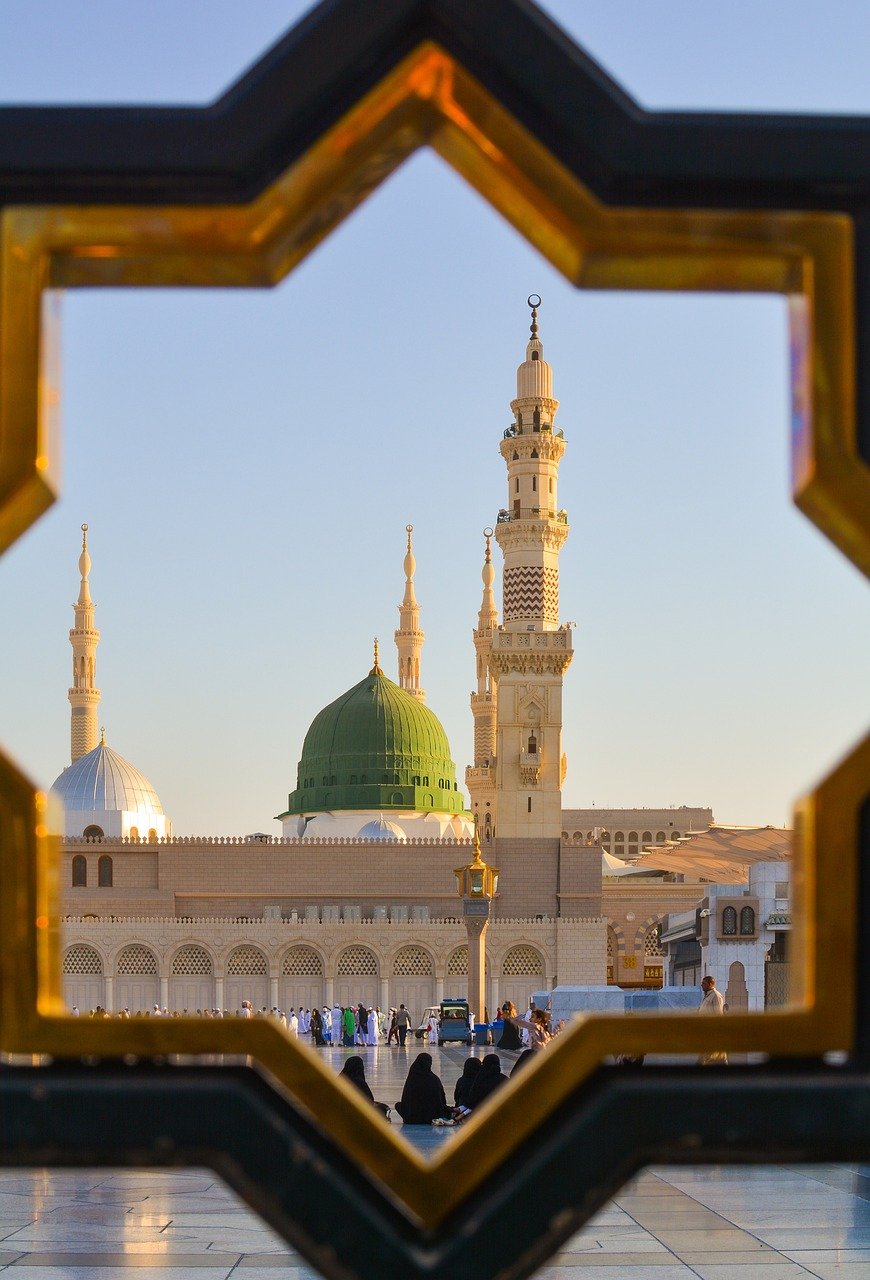
(Photo by Hemant Singh Chauhan)
eVisa Facility
The e-Visa system simplifies entry for tourism, business, medical treatment, family visits and Umrah Pilgrimage. Hajj pilgrimage requires a special, separate visa and is not covered by the eVisa system. It is available for nationals from over 60 eligible countries. It is advisable to apply at least 1 week before your planned departure to account for processing times. They are generally valid for 1 year, allowing multiple entries with a maximum stay of 90 days per visit
Apply online at: https://visa.visitsaudi.com
Umrah/Hajj Visa
Umrah: Covered by the tourist visa or EVW for eligible nationals; a separate Umrah visa usually for those without general EVW access
Hajj: Requires a special permit and visa issued through licensed agencies; held tightly by Saudi authorities, often single-entry only and linked to specific itinerary dates
Restrictions and Special Permits
Certain areas, such as the holy cities of Mecca and Medina, have entry restrictions—only Muslims are permitted to enter these cities, and non-Muslims require special permits or are prohibited altogether. Additionally, some remote border regions and military zones require special authorization or permits for access.
Recent Changes
- As of February 1, 2025, Saudi Arabia introduced a policy restricting citizens from 14 countries to single-entry visas only.
- For Hajj 2025, children under ~12–15 banned are not allowed
How to get there?
India is well-connected to the world by air, with numerous flights arriving daily from all major continents. Air India, the national carrier, operates direct flights to and from key global cities. In addition to Air India, several international airlines such as Emirates, Qatar Airways, Singapore Airlines, Lufthansa, and British Airways also fly regularly to India.
Traveling within the country is seamless thanks to a strong network of domestic airlines. IndiGo, India’s largest airline by market share, connects major cities and regional hubs efficiently. Other reliable domestic carriers include Vistara, Air India Express, SpiceJet, and Akasa Air.

(Photo by Yogendra Singh)
The country’s major international gateways include:
Indira Gandhi International Airport (Delhi) – India’s capital and busiest hub
Chhatrapati Shivaji Maharaj International Airport (Mumbai) – India’s business capital
Kempegowda International Airport (Bengaluru) – Southern India’s tech hub
Rajiv Gandhi International Airport (Hyderabad) – A growing hub in central-south India
Chennai International Airport – Gateway to Tamil Nadu and southern coastal cities

(Photo by Arun Prakash)
Public Transport
Getting around India is easy and budget-friendly with plenty of public transport options:
🚇 Metro systems in cities like Delhi, Mumbai, Bengaluru, and Kolkata – fast and air-conditioned
🚌 City buses – affordable and widely available, though often crowded
🚖 Auto-rickshaws (aka Tuk Tuk) – a fun and iconic way to travel short distances
📱 App-based taxis – services like Ola and Uber are common in most cities
🚆 Trains – great for longer journeys; India’s railway network is vast and scenic
🚌 Intercity buses – both state-run and private, connecting towns and cities across the country
Payments
- Cash: Still widely used, especially for small transactions.
- Debit/Credit Cards: Common for payments at hotels, restaurants, and shopping.
Visa and Mastercard are accepted at nearly all card outlets. Other supported payment networks include RuPay (India’s own payment network), as well as American Express, Discover, and Diners Club.
- UPI/E-Wallets: Fast and popular for instant bank transfers through digital wallets like Google Pay, PhonePe, and Paytm.
- Bank Transfers: Used for larger transactions and bookings


(Photo by Ravi Roshan)
Currency
India’s official currency is the Indian Rupee (INR), symbolized as ₹. The rupee is subdivided into 100 paise. Banknotes are available in denominations of ₹10, ₹20, ₹50, ₹100, ₹200, ₹500, and ₹2000, while coins come in ₹1, ₹2, ₹5, ₹10 and ₹20.
Currency Converter
Budget
India is a budget-friendly destination with options for every type of traveler. On average:
Budget travelers can spend as little as $20–$30 USD/day, covering basic accommodation, street food, and local transport.
Mid-range travelers might spend around $40–$80 USD/day for comfortable hotels, restaurant meals, and occasional guided tours.
Luxury travelers can expect to spend $100 USD/day or more, enjoying premium stays, private transport, and upscale experiences.
Costs vary by region and travel style, but India offers great value throughout.

Appliances
India primarily uses Type C, D, and M sockets for electrical plugs.
Appliances in India operates on 230V at a 50Hz frequency.


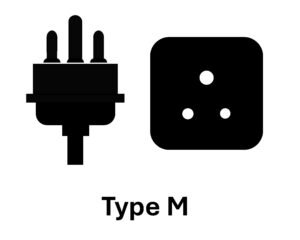
When to visit?

(Photo by KR Mohaniyan)
Weather
India experiences a varied climate due to its vast size and geographical diversity. The country is generally divided into three main seasons:
Summer (March to June): This is the hottest time of the year, with temperatures soaring above 40°C (104°F) in many regions, especially in northern and central India. Coastal areas remain relatively cooler, but humid.
Monsoon (June to September): The monsoon season brings heavy rains, particularly in the west coast, northeast, and central India. While this season cools down the temperatures, it can also cause humidity and flooding in some areas.
Winter (October to February): This is the most pleasant season for travel. Northern regions experience cold weather, especially in the Himalayan foothills, while the rest of the country remains cooler and dry, making it ideal for outdoor activities and sightseeing.
Best Time to Visit
While the winter months (October to March) are generally the best time to visit India due to cooler and more comfortable weather, it’s always a good time to visit. Each season offers a unique experience, whether it’s the vibrant festivals in the summer or the lush landscapes during the monsoon. Whether you prefer the cool winter or the warmer months, India has something to offer year-round.
North India: The winter months are ideal for exploring cities like Delhi, Agra, and Jaipur, as temperatures are milder compared to the scorching summer heat.
South India: The cooler weather in the winter also makes it a great time to visit destinations like Kerala, Tamil Nadu, and Karnataka.
Himalayas: The winter months are perfect for snow sports, trekking, and enjoying the breathtaking snowy landscapes.
If you’re looking to avoid crowds, the shoulder seasons (April to June) or September to early October are also great options, as temperatures are warm, but the tourist influx is lower. Avoid the monsoon season (June to September), especially in coastal areas, as heavy rains can disrupt travel plans.

(Photo by Balaji J)
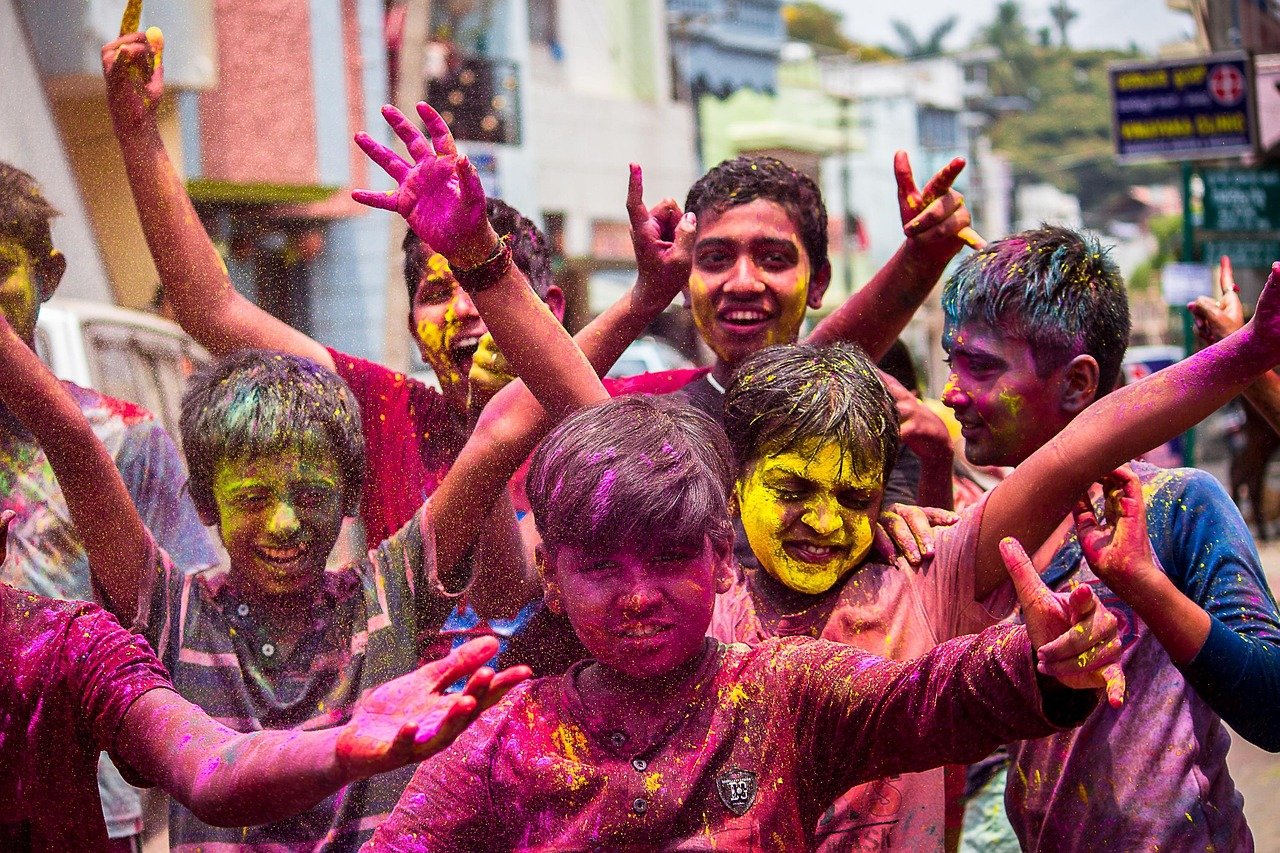
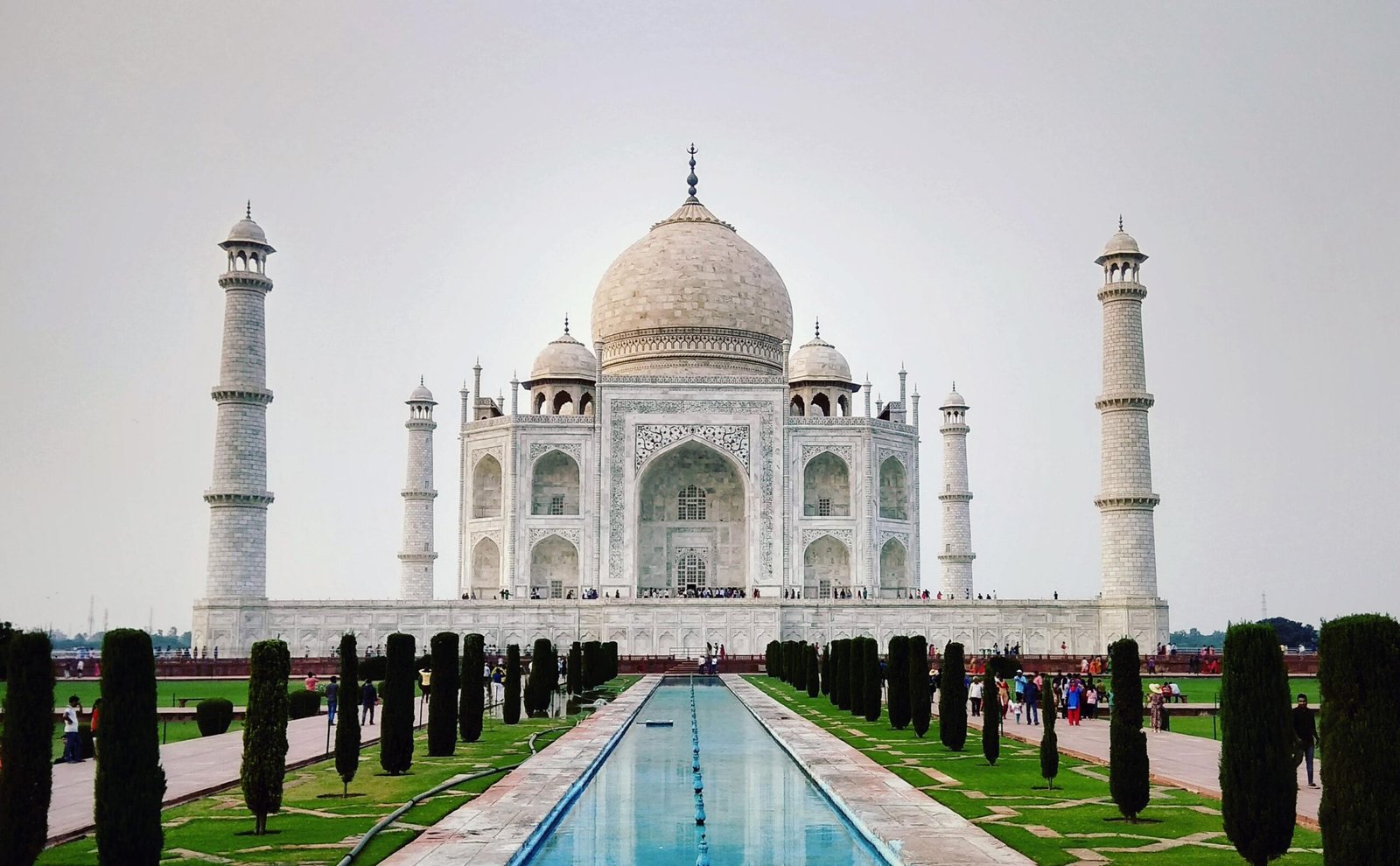
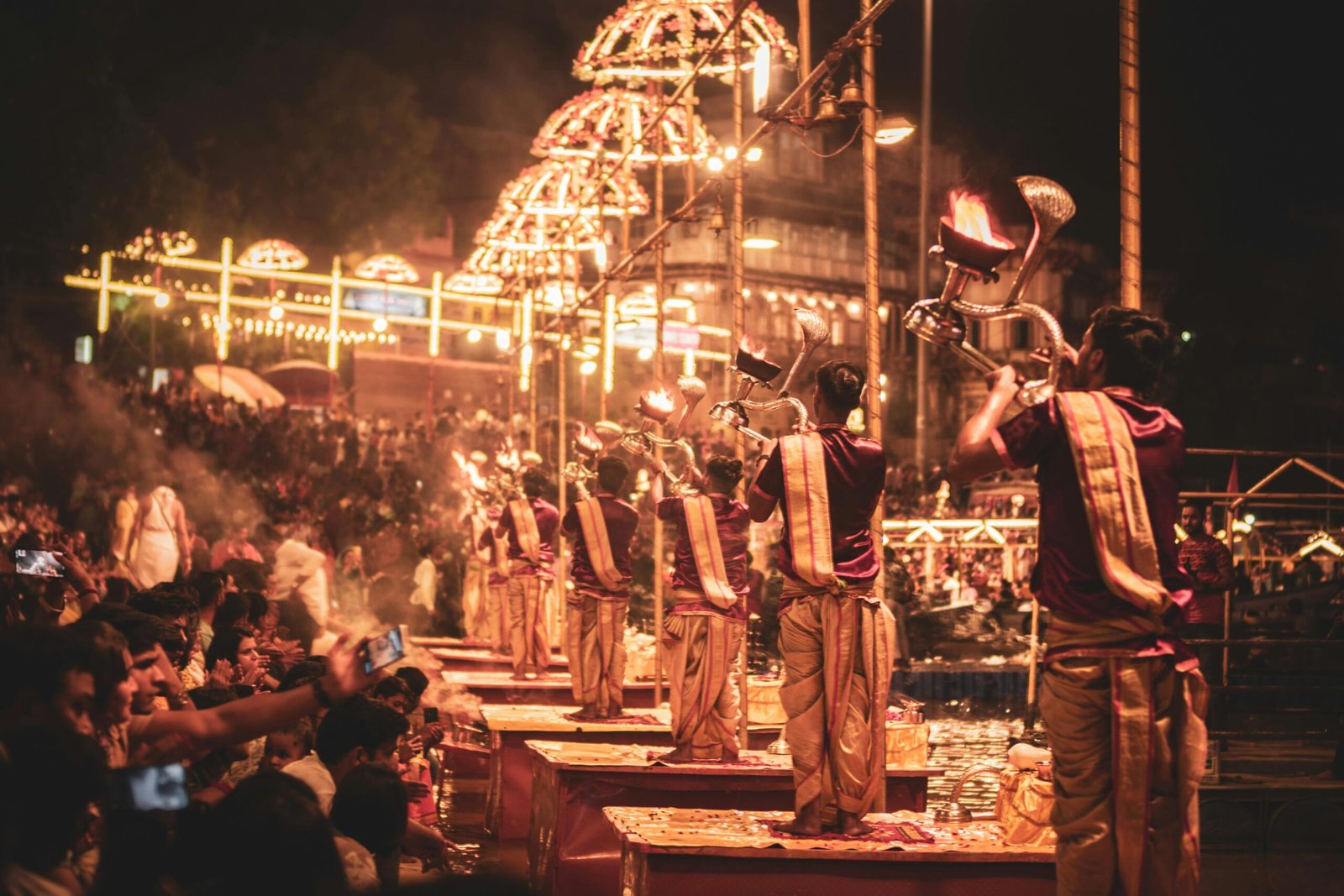
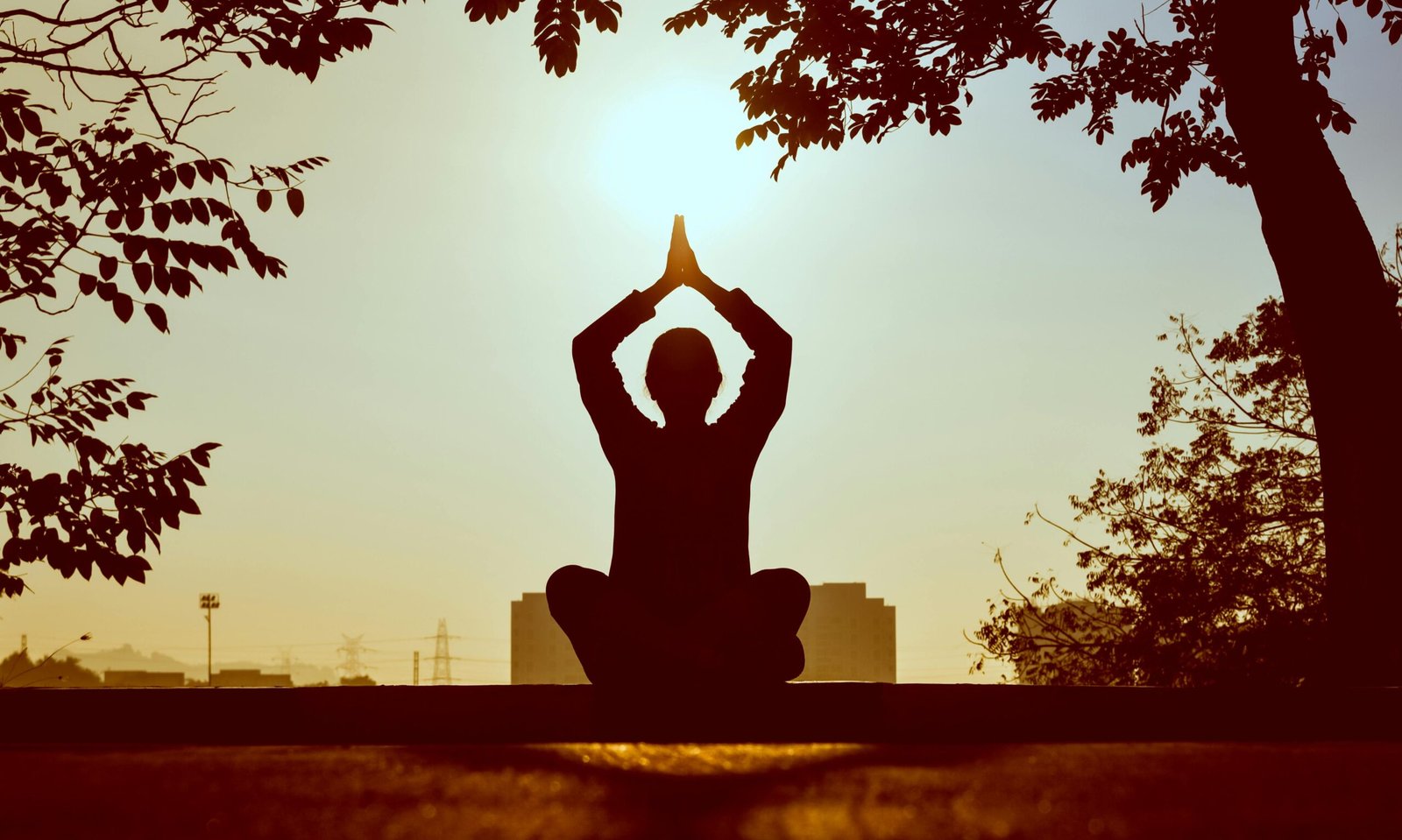
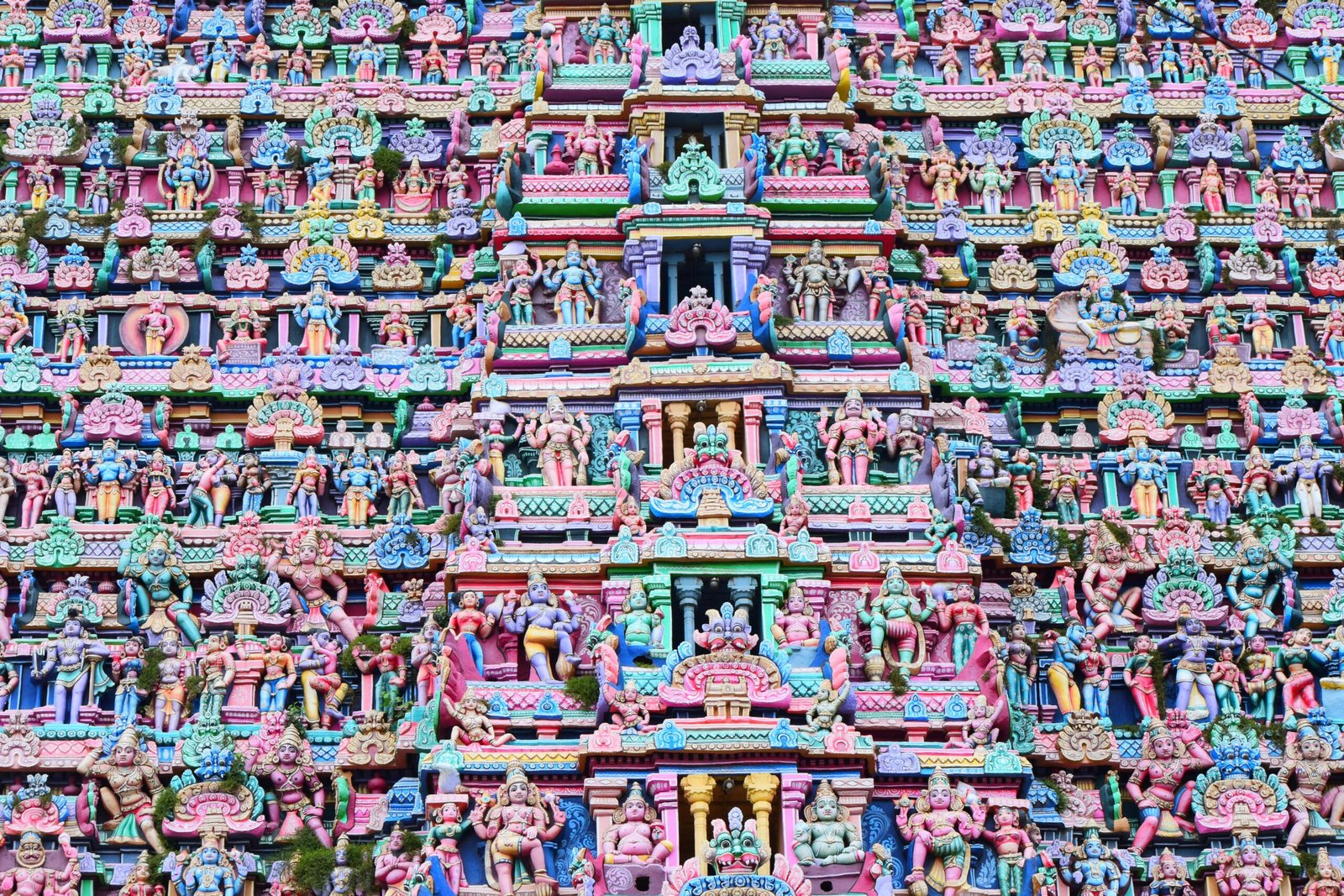
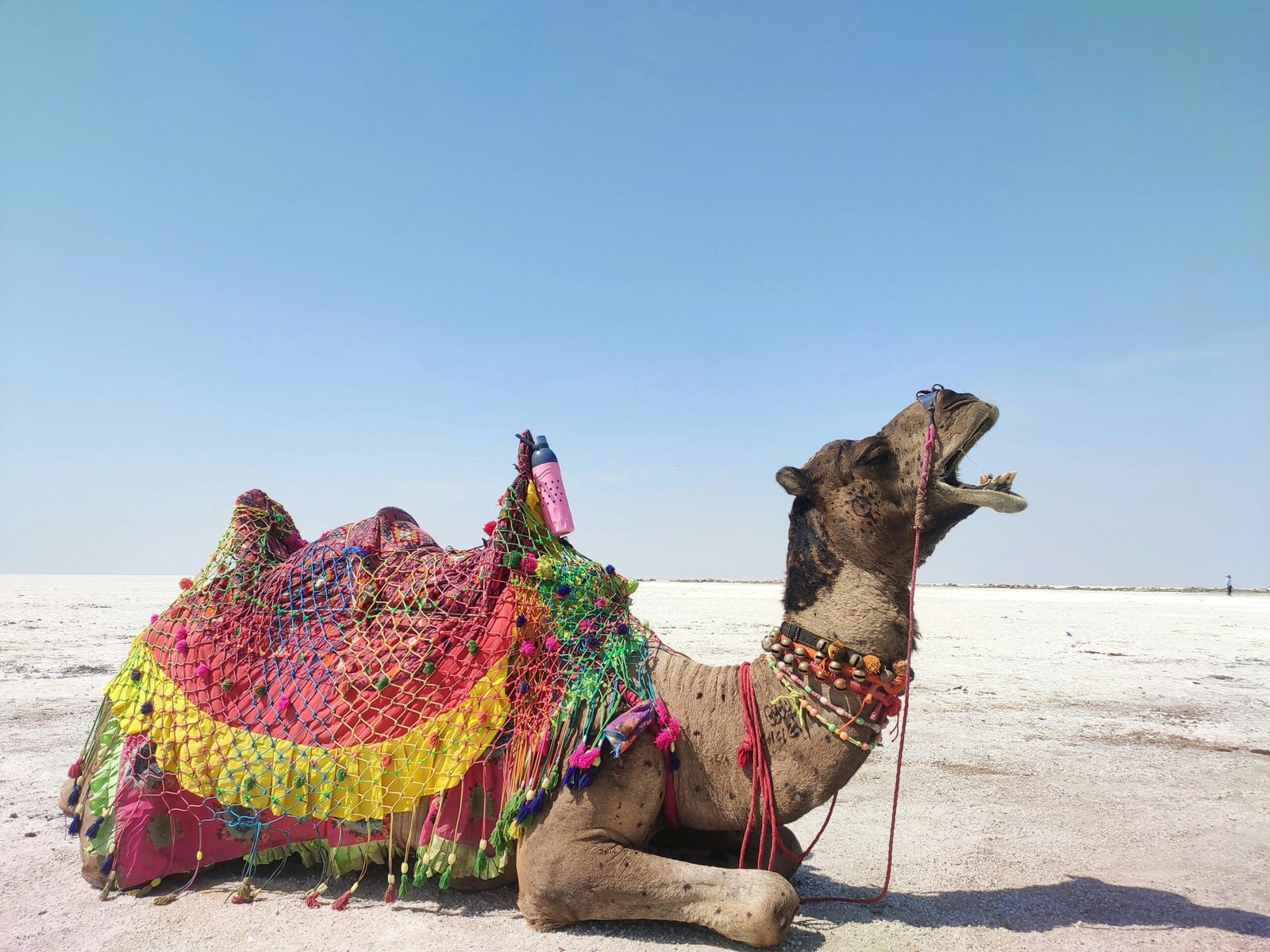
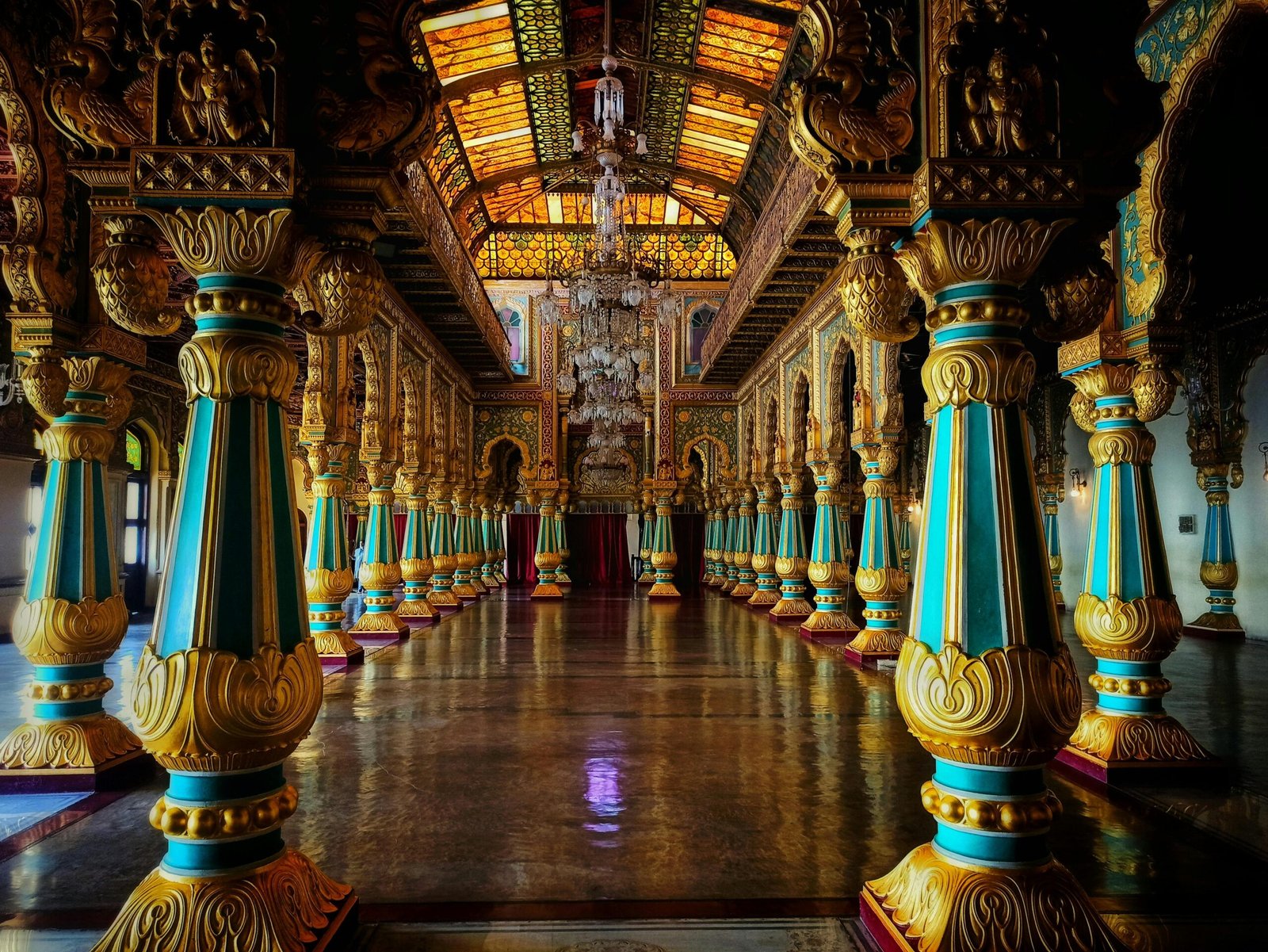
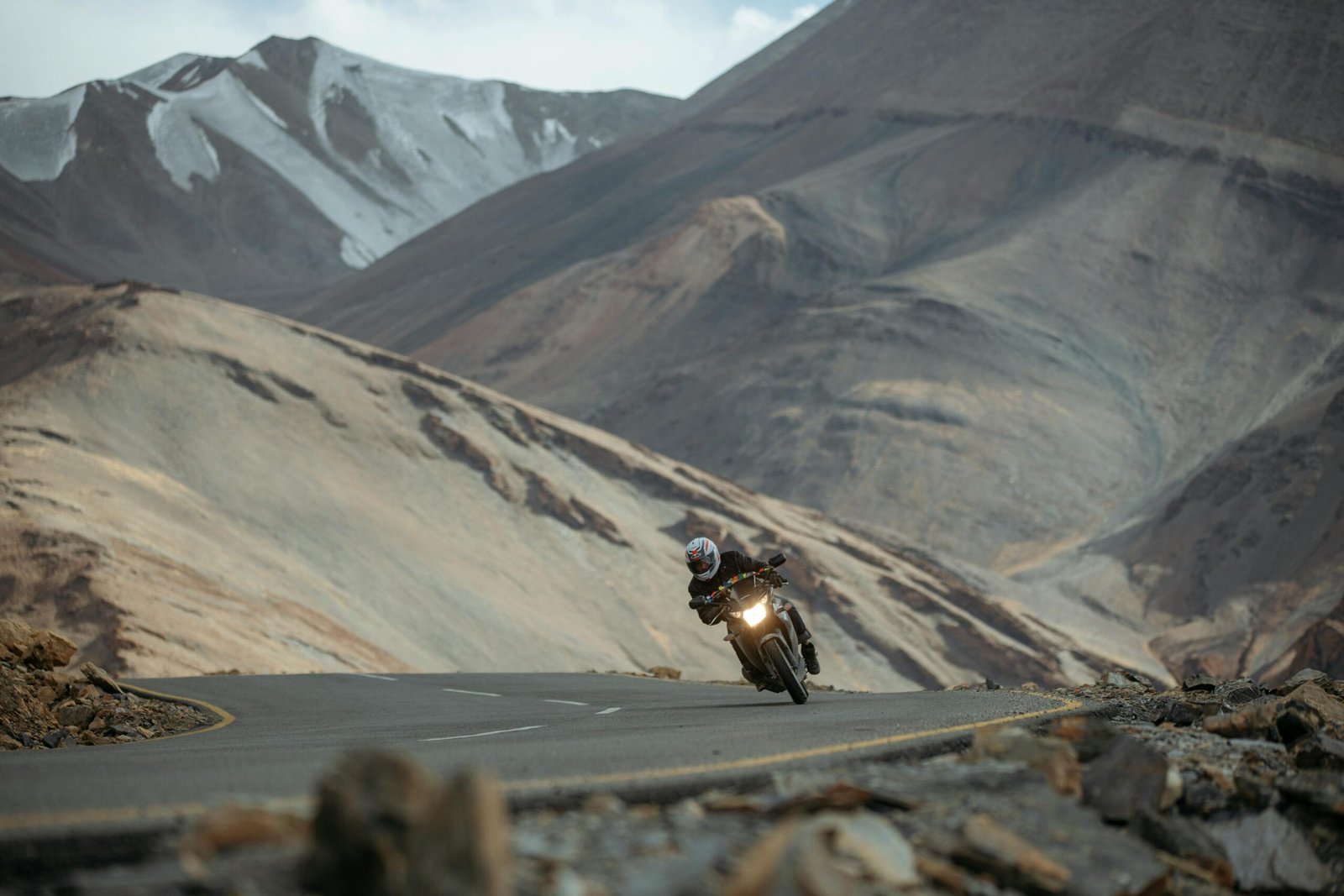
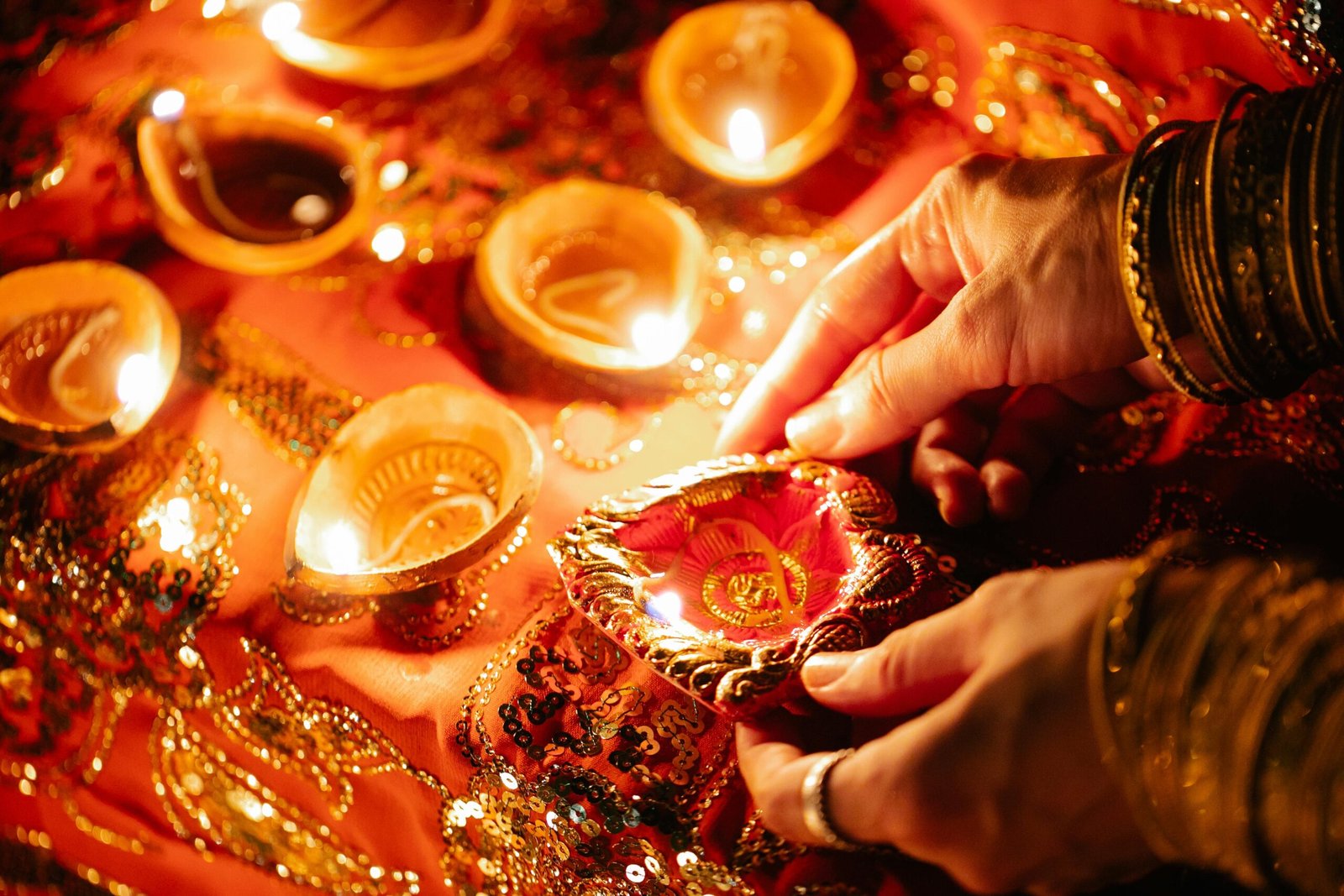
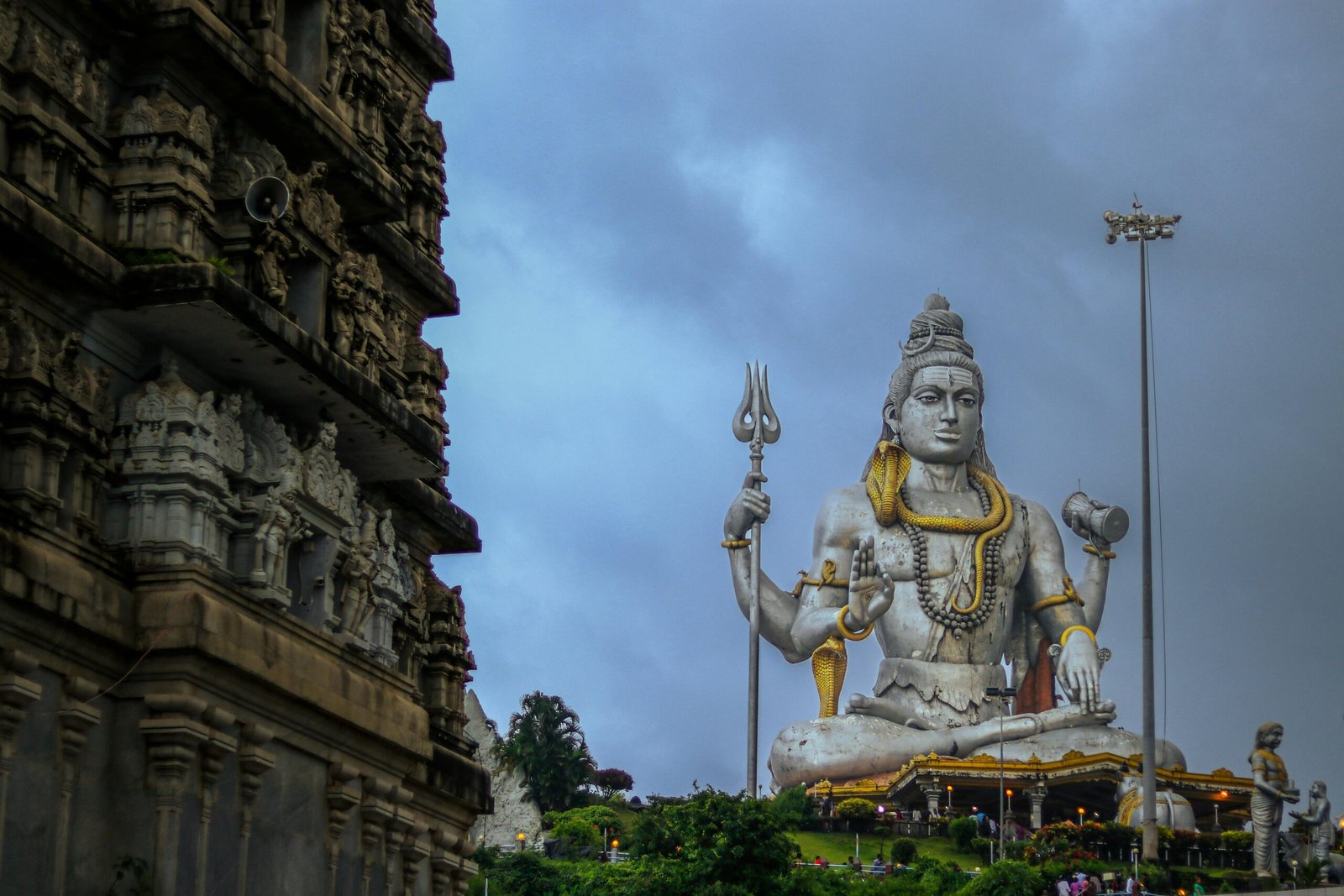
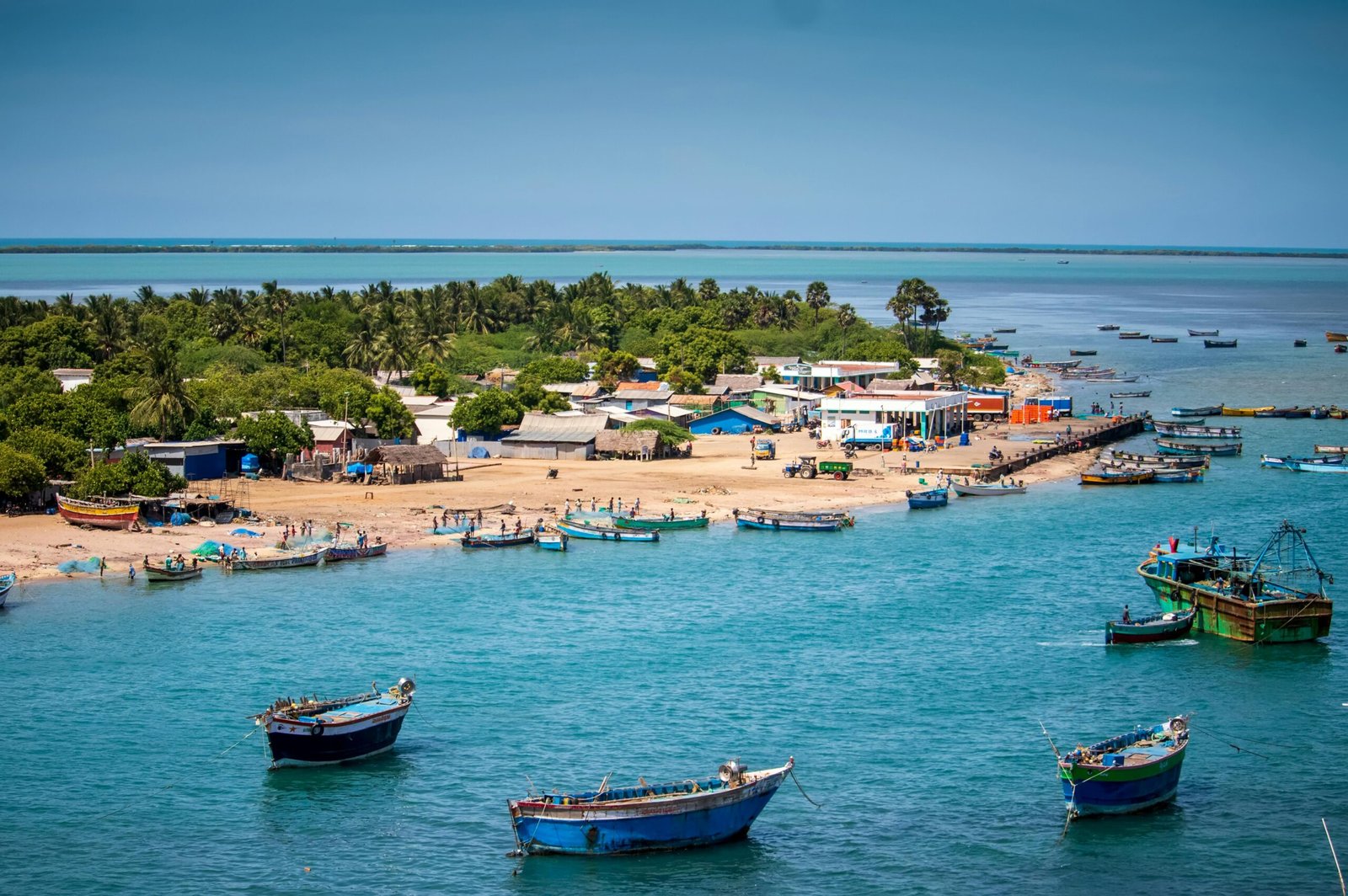
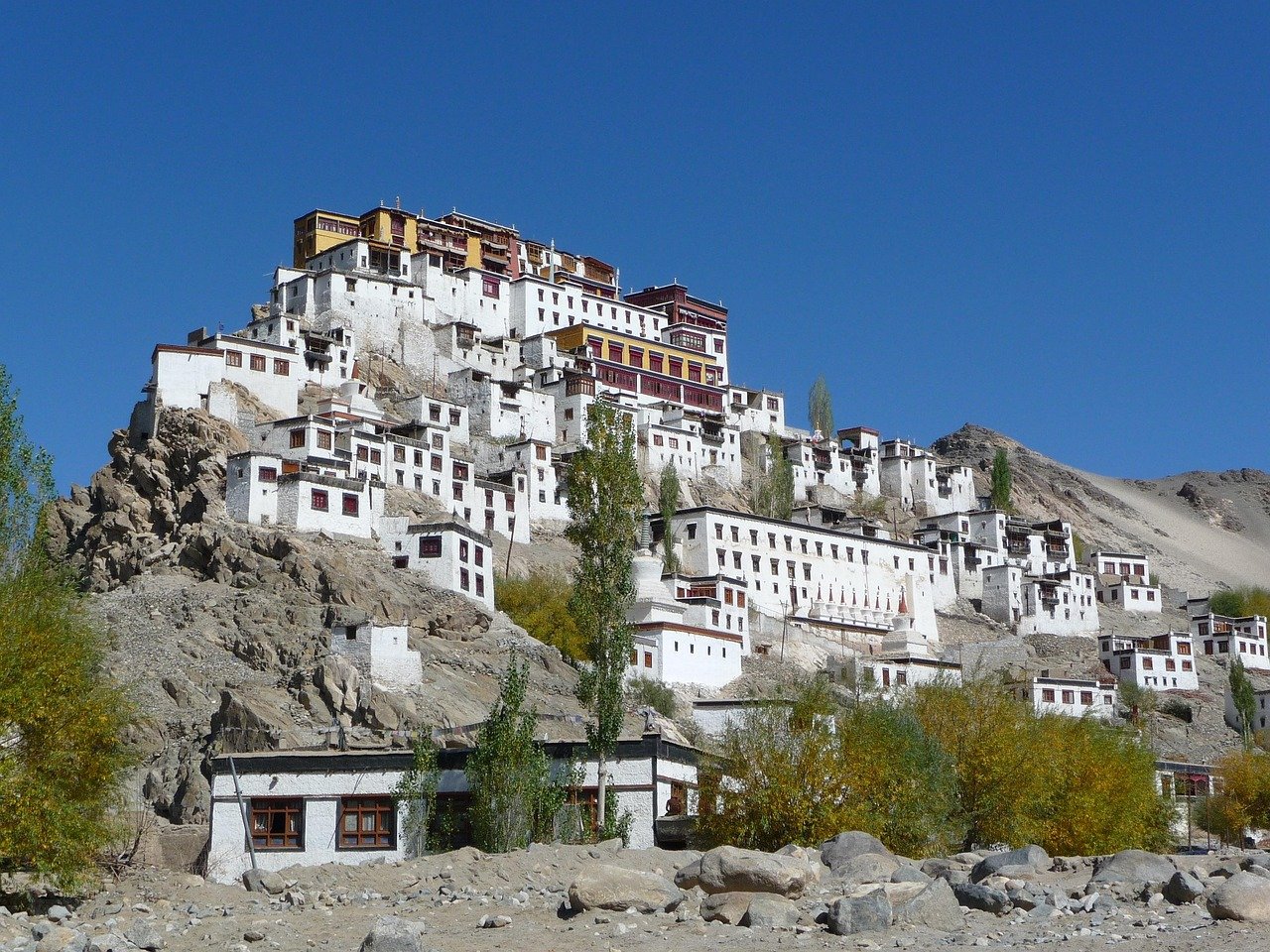
Bucket List Destinations Across India
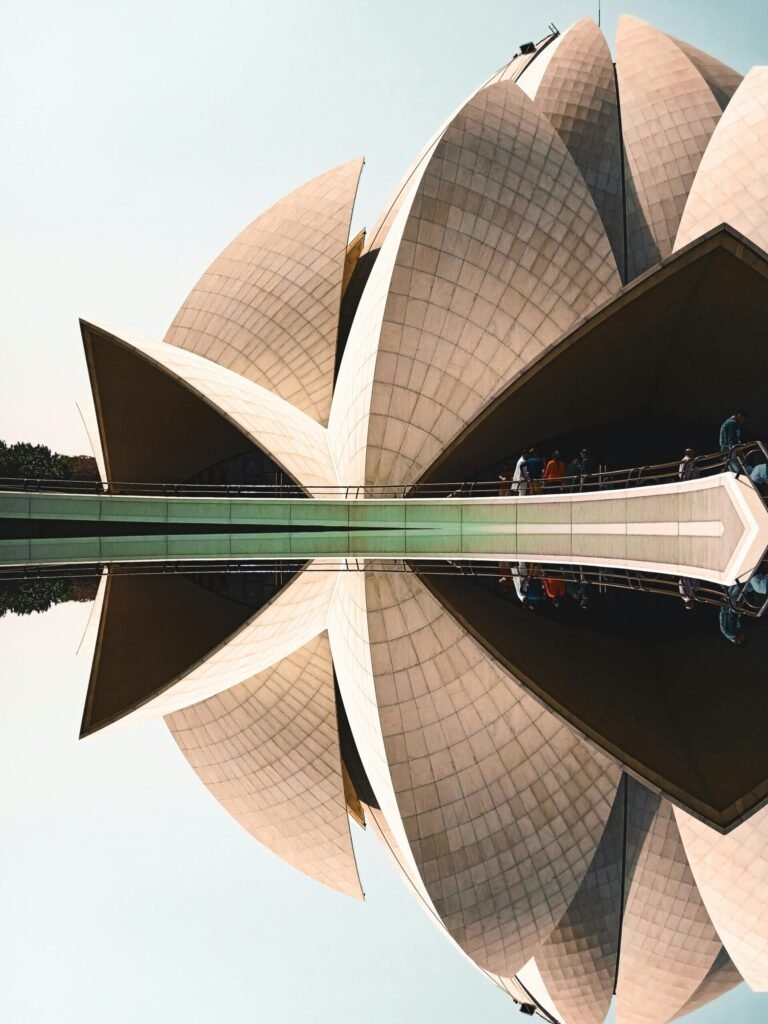
New Delhi
As India’s bustling capital, New Delhi blends ancient history with modern energy—featuring iconic monuments, lively markets, and rich cultural diversity.
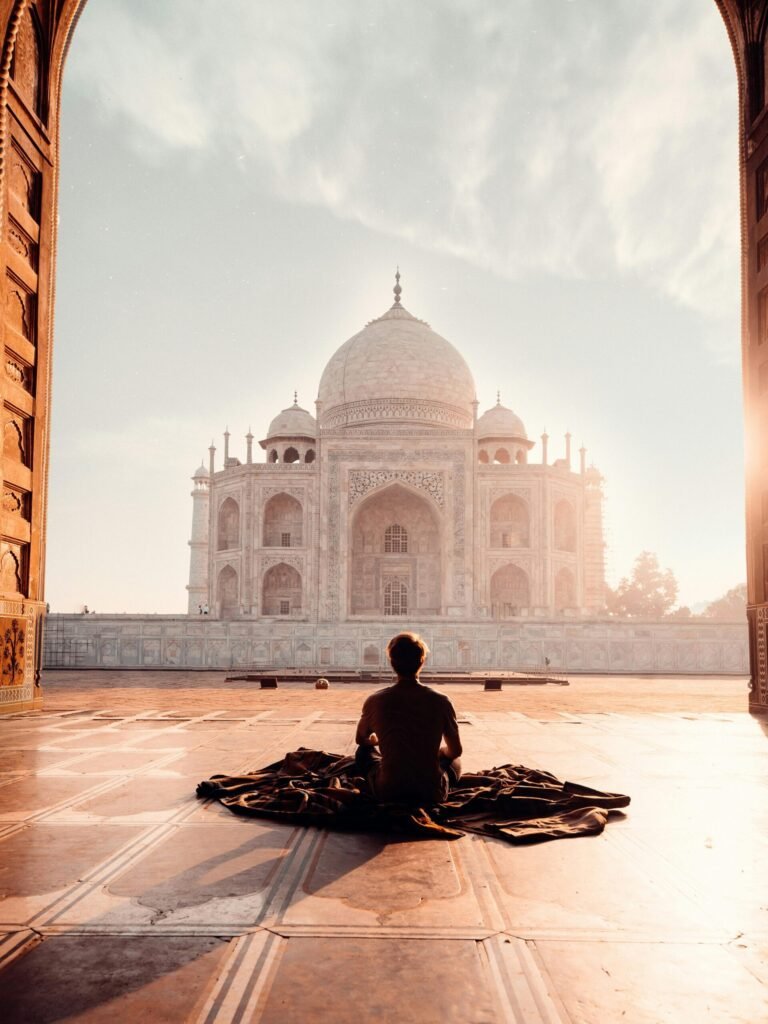
Agra
Home of the Taj Mahal, one of the most iconic landmarks in the world, this stunning marble mausoleum is a must-see for its beauty and historical significance.
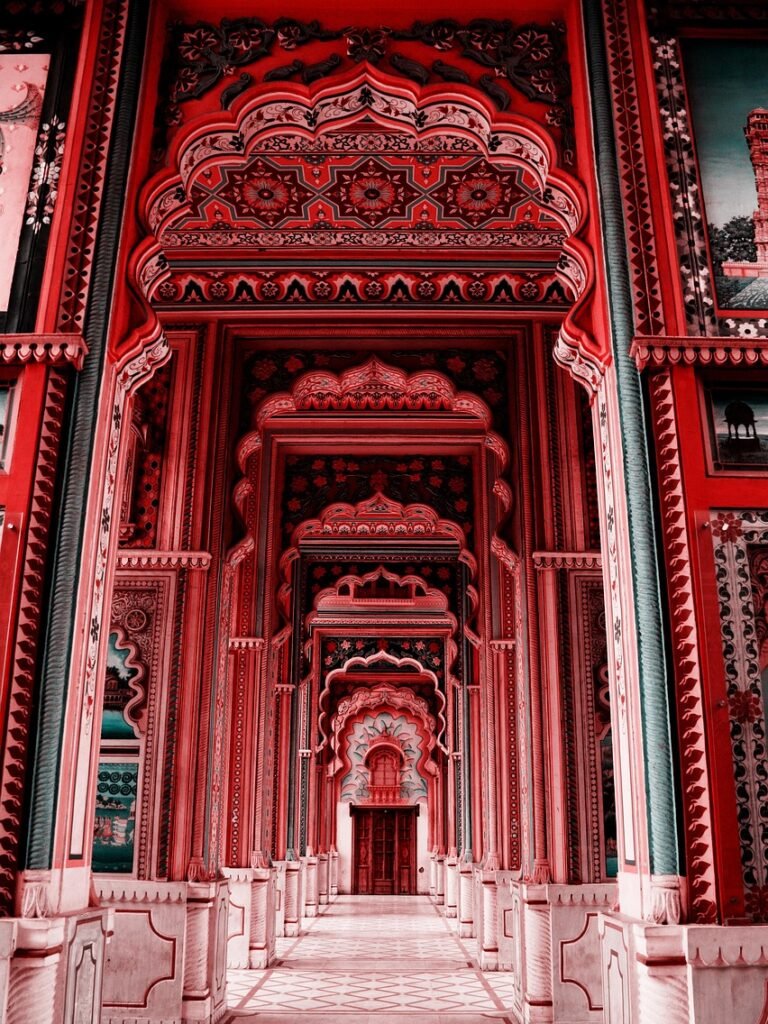
Jaipur
Known as the “Pink City,” Jaipur offers grand palaces, forts, and vibrant bazaars that reflect the rich heritage of state of Rajasthan. Other prominent cities in the state include Jodhpur, Jaisalmer and Udaipur.
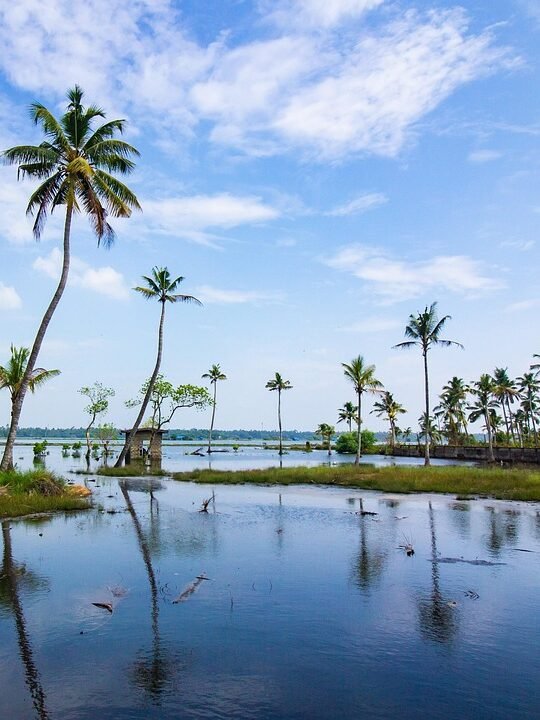
Kerala
The tranquil backwaters, houseboats, and lush landscapes of Kerala offer a serene escape into nature.

Varanasi
Situated in the state of Uttar Pradesh, one of the world’s oldest living cities, Varanasi offers a spiritual experience along the sacred banks of the Ganges River.
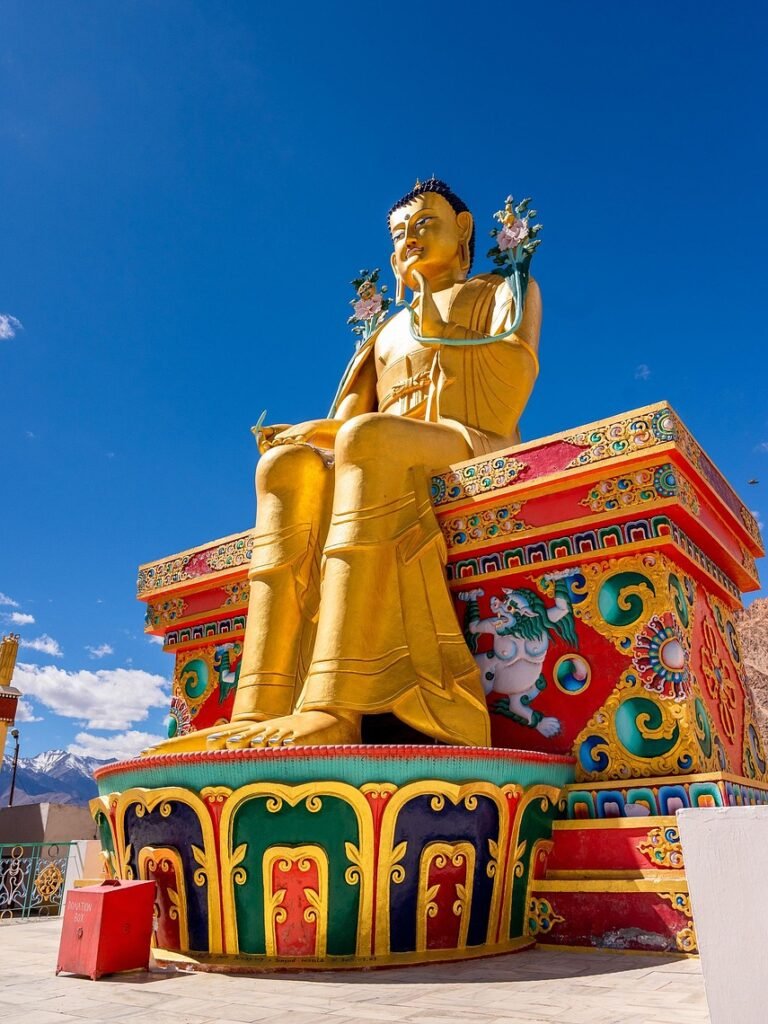
Leh-Ladakh
For adventure seekers, Ladakh’s rugged landscapes, monasteries, and stunning mountain views are unmatched.
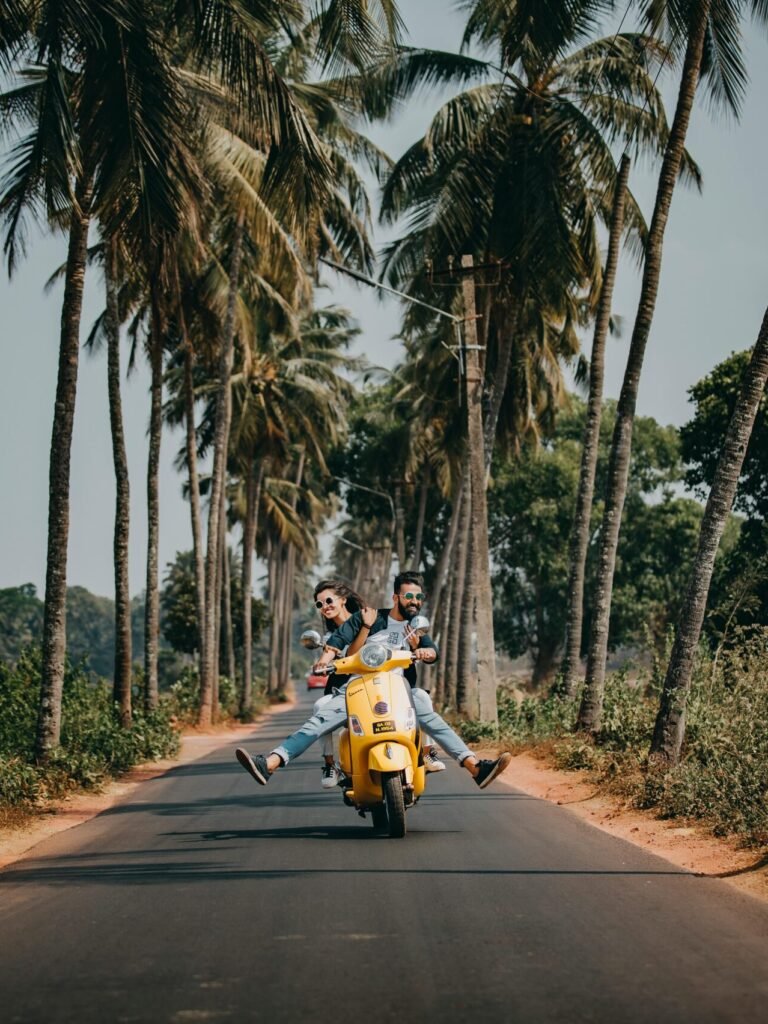
Goa
Famous for its golden beaches, vibrant nightlife, and Portuguese-influenced architecture, Goa is a popular coastal destination.
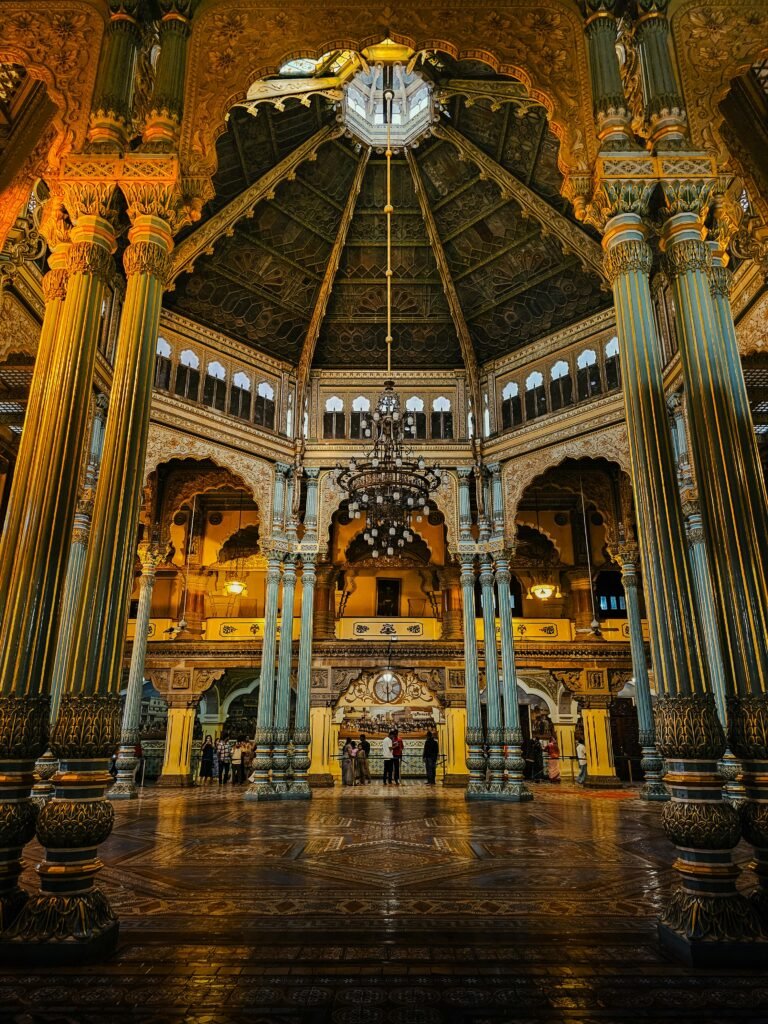
Mysore
Known for its majestic Mysore Palace, gardens, and the famous Dussehra festival, Mysore is a cultural gem.
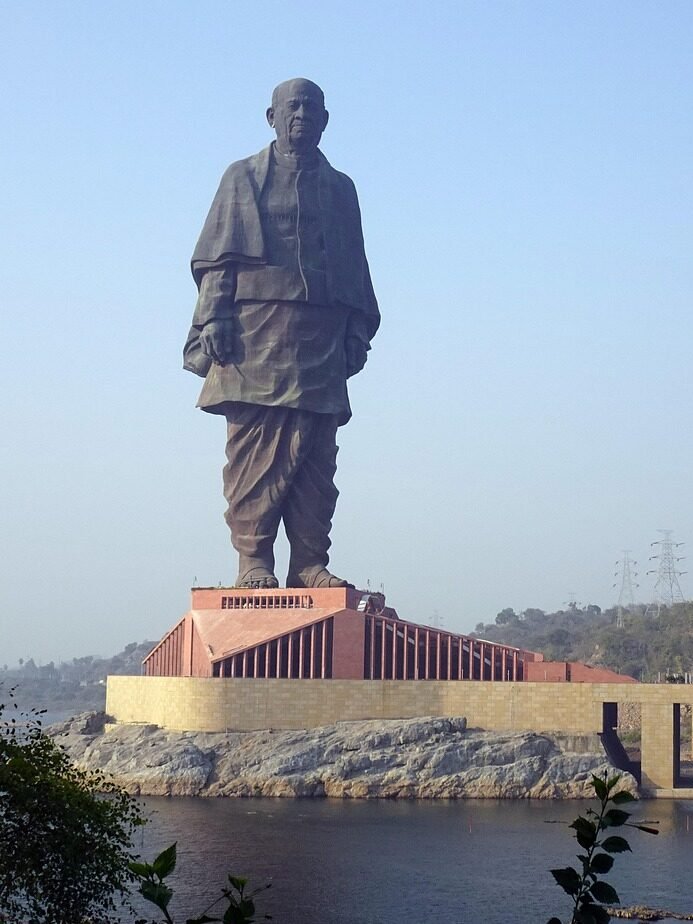
Gujarat
Known for its vibrant culture and rich history, Gujarat boasts majestic temples, white desert landscapes, and thriving cities like Ahmedabad, Vadodara, and Rajkot. The state is also home to the Gir National Park and the iconic Statue of Unity.
Emergency
Universal emergency number in India is 112, which connects to police, fire, and medical services.
Additionally, you can dial 100 for police, 101 for fire, and 102 or 108 for ambulance services.
These numbers are toll-free and accessible from any phone across the country.
